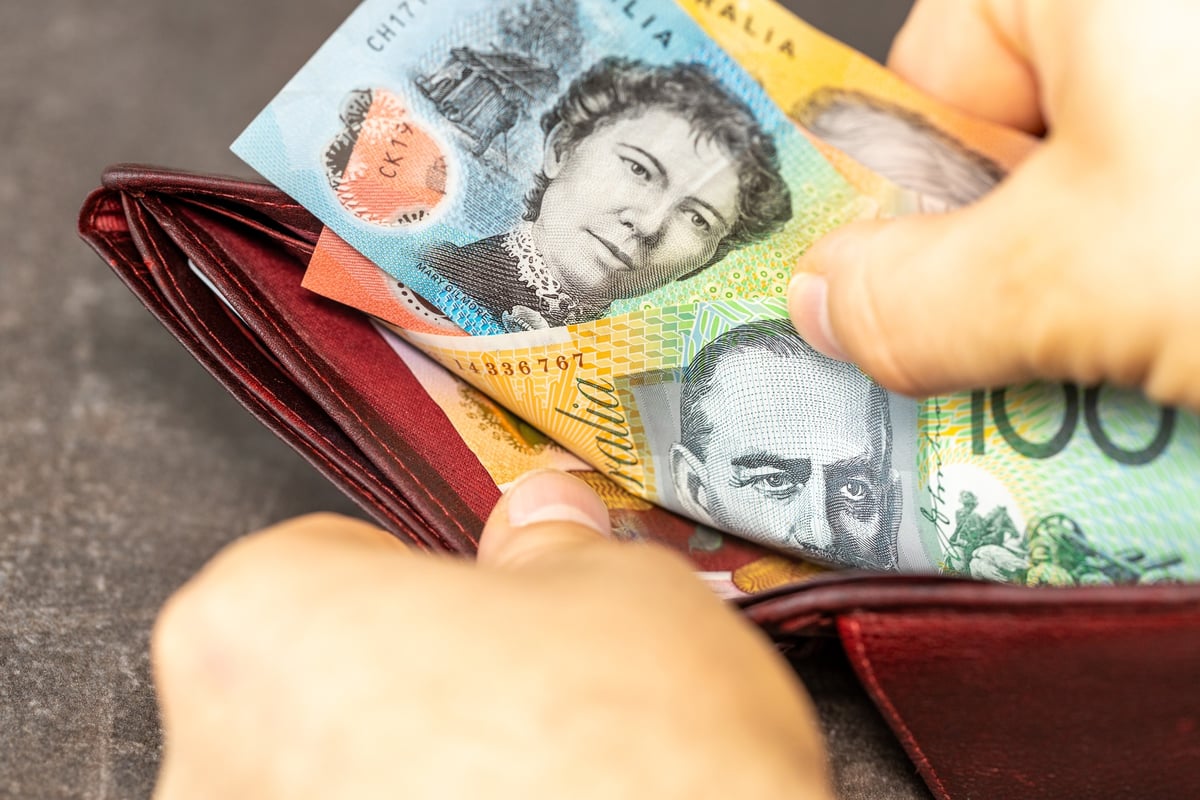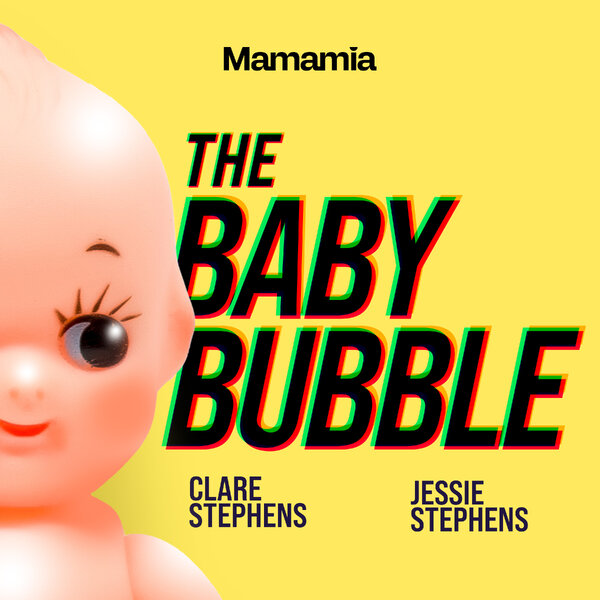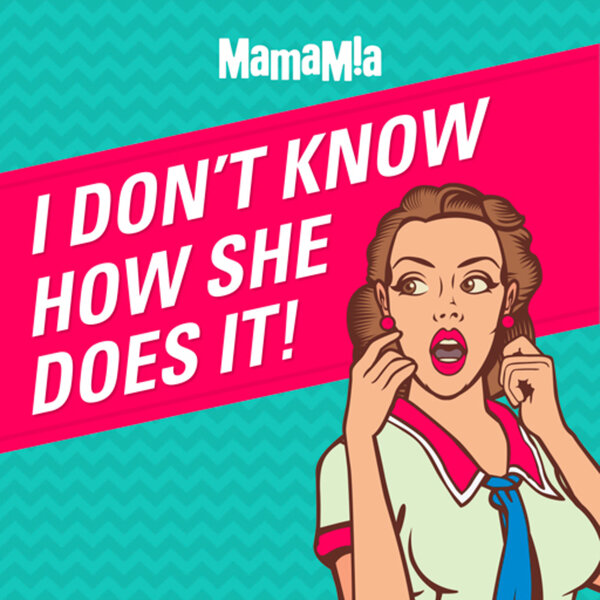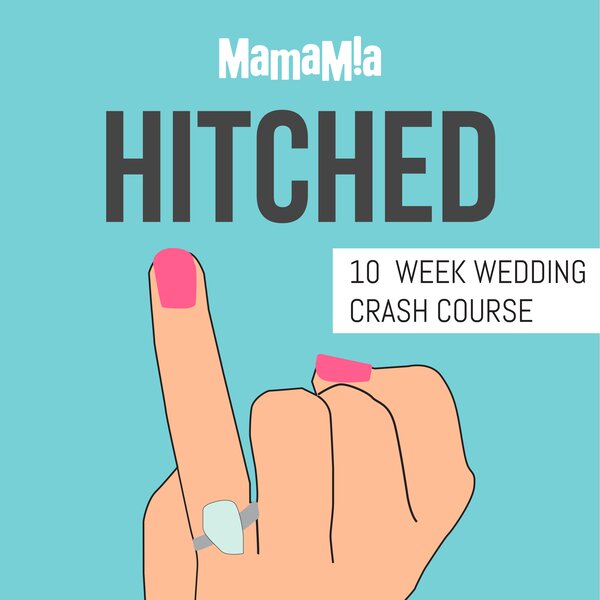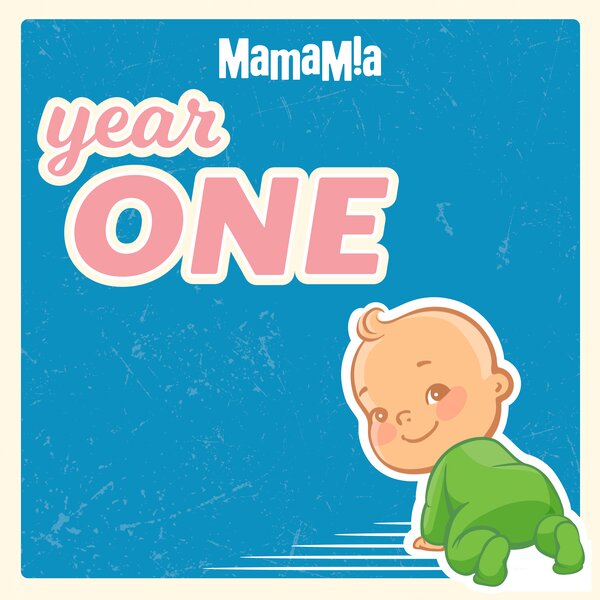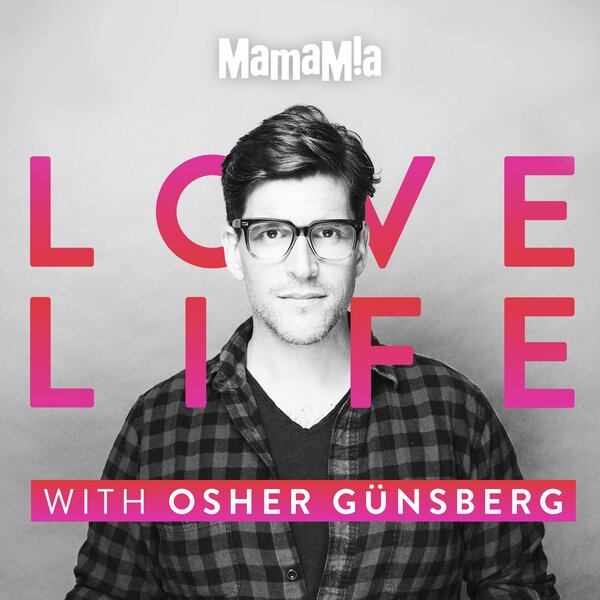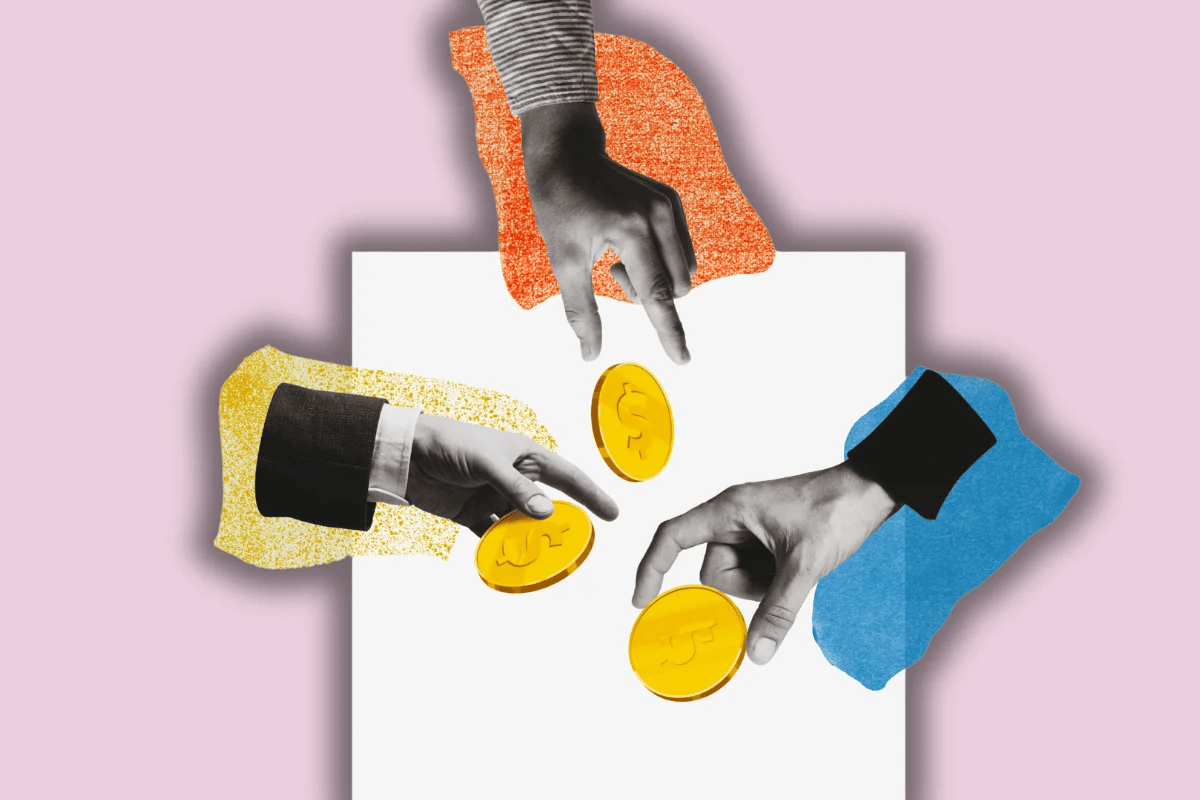
"Scared." "Nervous." "Stressed for the future."
These are a sample of the responses women had after Mamamia asked how they were feeling about their financial situation as the financial year drew to a close.
These responses are not isolated.
In our survey, we asked women how much they had saved, how much they were trying to save each month, what they earned — and how they were feeling about the future. More than 150 Australian women bravely shared their savings reality and those words appeared even amongst those with comfortable salaries.
Watch: The five money lessons your parents told you, that you should probably forget.
If you're wondering how your situation compares, here's what our respondents said:
At the lower end, several participants reported having minimal savings.
An 18-to-27-year-old brand partnerships executive working full-time, earning $75,000 per year, currently has $500 sitting in her savings. She has no stock and is attempting to add $500 to her savings per month. She is single and renting.

